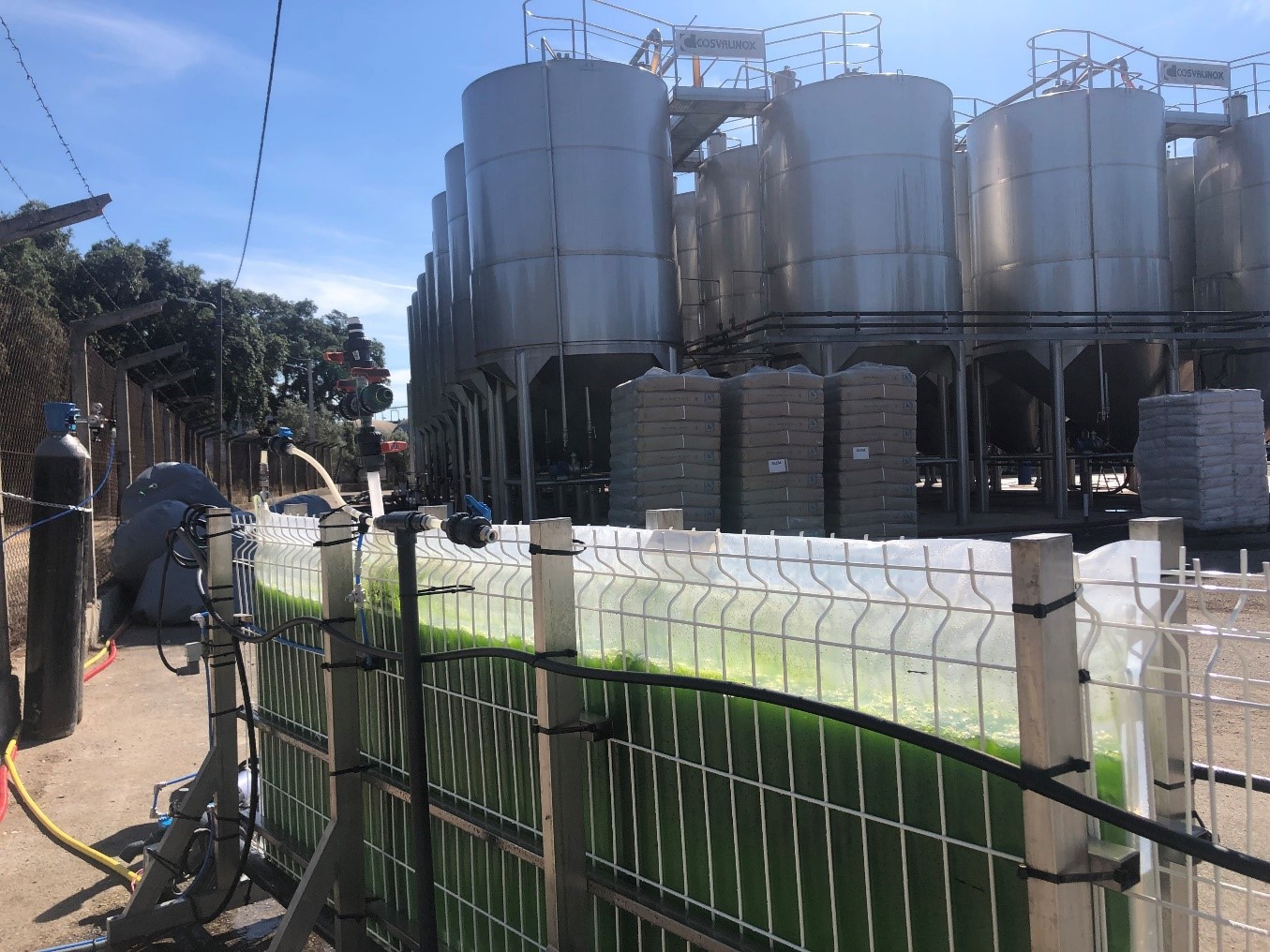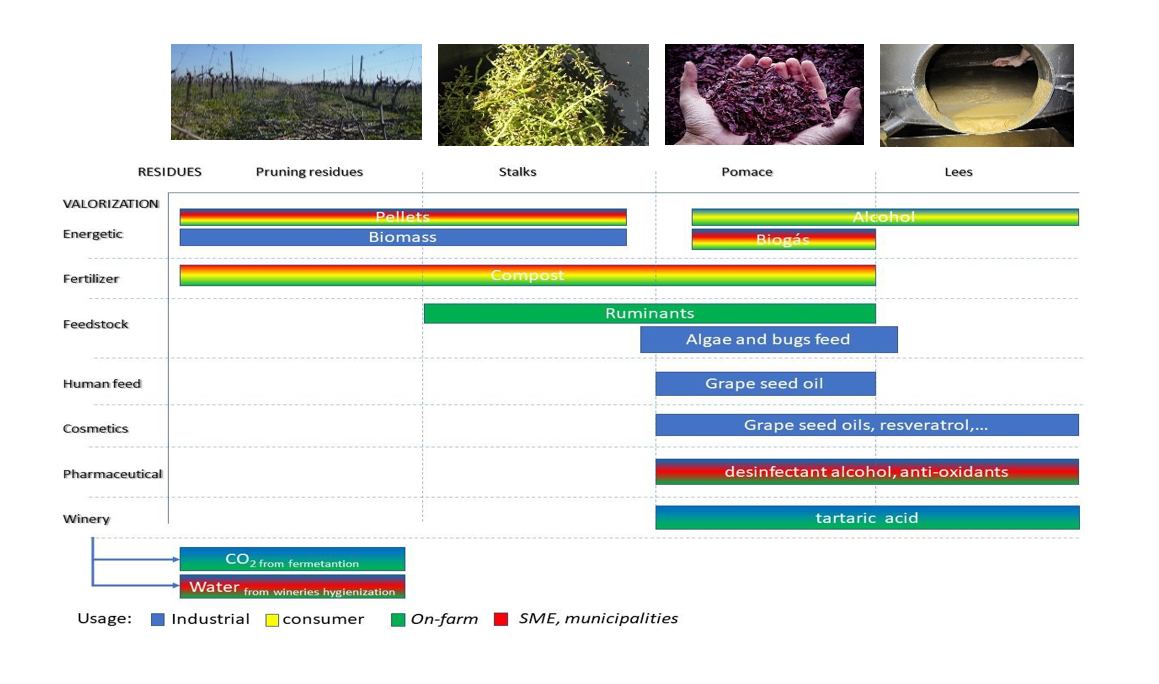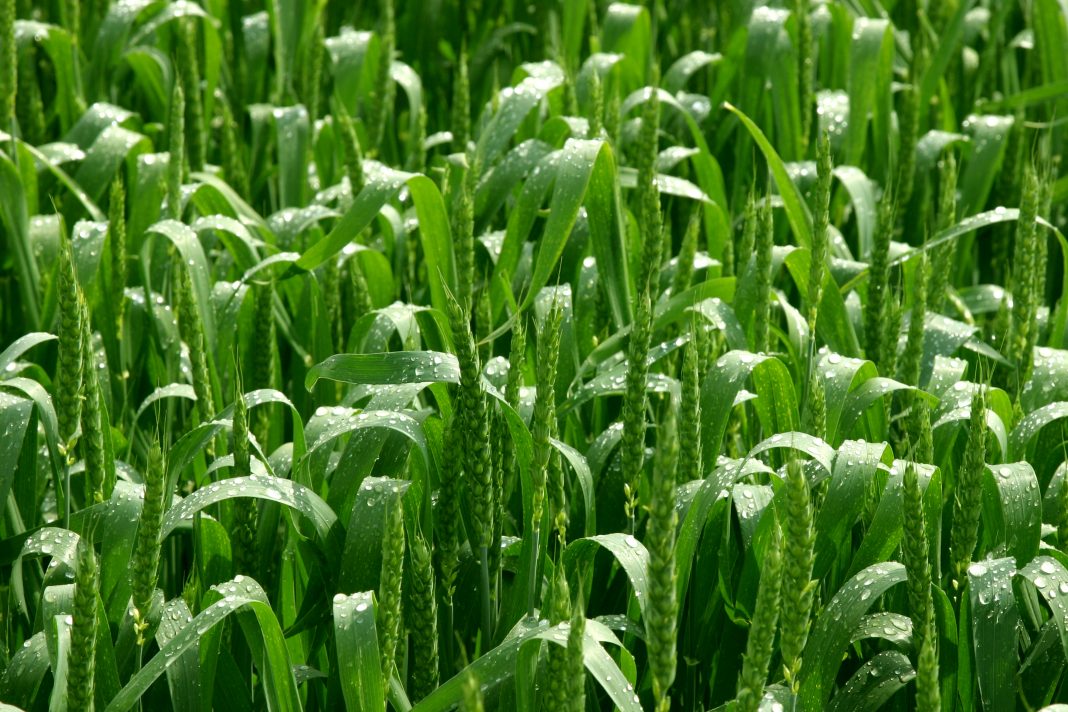The circular economy is a concept that is misunderstood in several situations even in the agro-food sector, but it’s also seen as one of the trendiest and coolest concepts to be used in plans, presentations and campaigns
It’s important to avoid the transformation of a good concept into jargon.
The concept of a circular economy
The idea of a circular economy started to be noticed about 2017 when several EU countries developed their “circular economy national plans”. Coming from European directives, countries developed goals, strategies and ambitions to implement the idea.
However, what countries forgot to tell us is what the circular economy is about and why and where we should implement it.
AVIPE, the circular economy and the agro-food sector
AVIPE is a grapevine growers association located in Portugal’s Peninsula de Setubal wine region. Its main activity is consultancy on vineyards and support to farmers. AVIPE works with 350 farmers covering an area of 4,000ha of vineyards.
Along with management of a demo farm, participation on national and European projects are possibilities to show farmers new practices and develop trials. PRIMA projects such as SUSMEDHOUSE, to develop a sustainable greenhouse, and REVINE, to use soil microorganisms against vineyards diseases, are good examples of such applied R&D.
In 2018, AVIPE participated in a Interreg Med project called EMBRACE. The main idea was to develop circular economy business models in the agro-food sector and AVIPE was responsible for the wine sector.

Understanding the circular economy
The first, and probably the most important, step was to understand what the circular economy is. It’s quite common to confuse it with recycling. The use of organic residues in compost production is a very common example, but this is something that farmers have done for centuries. There’s nothing new, innovative or valuable in it. I wonder how such national plans can be implemented when the concept isn’t understood.
In a simple way, we have tried to pass the idea that circular economy works on residues coming from an activity and they should be passed to another activity with an important valorisation on an infinite loop. So, we developed a map where we aimed at four residues coming from vineyards and wine.
After it, we started to develop networks with industries that could use those residues and ask how much they were willing to pay. This is where a shock with the reality happened.
In some cases, the scale was not big enough for industries and even though there’s a national plan for circular economy, there were legal obstacles and, probably the most unpleasant, people weren’t interested on implementing such ideas.
It’s quite common to say that consumers are more aware of better environmental practices and that they are willing to pay more for the products that follow such practices, but the reality says that the percentage is marginal and people keep looking at the price. So, it’s nice and cool to talk and “post it” but the will to do it is much more complicated.

Controlling CO2 emissions
We keep trying to implement such a map, especially at local level. It’s useless to consider such a network and then the needs of transportation and logistics are huge. The use of CO2 coming from wine fermentations to develop algae has been the most successful idea so far.
The new EU Green Deal aims to reduce GHG emissions by at least 55% by 2030 and achieve climate neutral EU economy by 2050.
The BBI-JU’s project REDWine, coordinated by AVIPE, will demonstrate the technical, economic and environmental feasibility of reducing by, at least, 31% of the CO2 equivalent emissions produced in the winery industry value chain, by utilising biogenic fermentation CO2 for microalgae biomass production.
The goal will be achieved by implementing a new circular economy business model for wine producers, where they will become microalgae biomass producers by utilising their own gaseous and liquid effluents, allowing them to diversify their revenues by valorising microalgae biomass into food, cosmetics, agricultural products and new wines.
Since construction permits are needed, the project started to implement a simple solution. This solution was important not just to test the idea but also to show to farmers and to prove that even in small wineries, the process is possible. The Ukraine-Russia war has been an expected constraint, mainly with the supply of the equipment, but it’s expected that a demo unit could start running for the 2023 wine campaign.
The circular economy concept has good intentions and can really help societies to achieve several sustainable goals but it needs more effort and dedication from policy actors, stakeholders and civil society. If we keep using the concept without any solution or action, the circular economy will fall into discredit and will be forgotten. But it could also be replaced by another concept, which will necessarily enter this loop of unsuccess and failure. In the end, the circular economy, as everything else, will be what we really want it to be.

This work is licensed under Creative Commons Attribution-NonCommercial-NoDerivatives 4.0 International.


